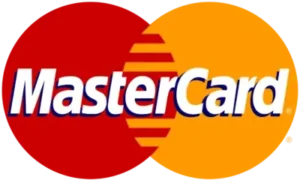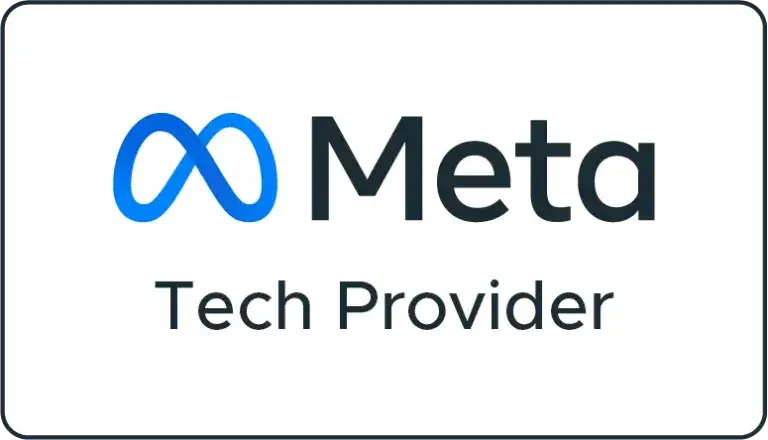
Introduction
Most entrepreneurs look forward to the thrill of starting their own business. The idea of owning an enterprise they can call their own is satisfying to them.
The thrill, however, wears down shortly due to the numerous activities an entrepreneur needs to run the business. From product development to getting customers, one handles everything. As a new entrepreneur, everything sounds too much. Marketing automation enters the middle of the confusion. This manual will explore how marketing automation for small businesses work.
What is Marketing Automation?
Marketing automation refers to using software and technology to automate monotonous marketing activities. This enables an entrepreneur to substitute specific processes with ones that can do them more accurately, consistently, and as often as possible.
Automation helps businesses interact with their audience, nurture and convert leads faster than ever, and save time. Using software to automate repetitive marketing chores aids lay the groundwork for long-term success.
Tasks regularly accomplished by marketing automation software include scheduling emails, tracking website user behavior, analytics, social media posting, lead scoring, and other duplication activities can be automatized. This distribution frees marketing teams to concentrate on more vital concerns like strategy and community interaction.
Why Marketing Automation for Small Businesses
Time-saving benefits
Small business owners often have many responsibilities to fulfill. Therefore, marketing automation can save time for entrepreneurs who would otherwise spend hours on repetitive actions and let them focus on the most beneficial opportunities instead.
- Some time-saving advantages are: On the one hand, automation saves routine work time and frees your and your team’s capacity for marketing strategies and business development.
- You can easily personalize and nurture leads by automating some efforts using this data for advertising and email customization, personalization, customer relationships, and experience.
Types of Marketing Automation Campaigns

1 . Email Marketing Campaigns
- Triggered Emails:- Automated responses such as welcome emails and order confirmations, based on user actions such as config up/signing up/etc; Examples: Welcome emails, order confirmations
- Segmented Campaigns:- Targeted content based on particular customer population:- Personalized content increases customer engagement
- Performance Tracking: Check open- rate, click-through rate, and conversation.
2. Social Media Campaigns
- Consistent content cross-platform posting.
- Use automation tools to manage social media marketing.
3. Selecting the right marketing automation platform
- HubSpot: It is versatile and feature-rich; it provides an extensive suite of tools befitting businesses of all sizes.
- Mailchimp: Easy-to-use interface, Efficient email marketing, ing and automation for Small business usage.
- Drip: This is also targeted at small businesses, focusing on simplifying and automating.
Implementation Steps for Small Businesses

These are the proper implementation steps for small businesses. Fortunately! Let’s dive in and find detailed steps for small businesses for implementation strategies. Whether you’re implementing an entirely new system or reinventing an existing process, these steps will guide the implementation of your successful strategy.
- Assign a Visible Leader: Every project requires a visible leader, and strategy implementation is no exception. For small businesses, that leader is usually the owner or the manager, with distinct roles for each step in the strategy execution.
- Create Mission, Vision, and Core Values – Now that you’ve appointed a leader, this step is to define your strategy’s mission, vision, and core values and involve relevant stakeholders to ensure their varied perspectives. Consider, among others, your employees or another business owner to make it more meaningful.
- Organizational Goals: Make precise, and specific goals associated with the strategy you’re working to introduce, These goals should be aligned with your mission and vision, Consider both the short-term and long-term objectives as well.
- Compose a Strategic Plan: Devise a detailed plan aligning how you will achieve your above goals. Break the strategy down into milestones, steps, and timelines you need to achieve them. Consider things like resource allocation, budget, and potential risks.
- Analysis and Resource Allocation: Analysis of resources you need: financial, human, and technological. ‘Allocate the resources smartly and support your plan in each phase. Ensure your team gets the tools and support they need.
- Assemble a Team and Let Work: Assemble a dedicated
 team responsible for executing the strategy. Assign roles and responsibilities. Encourage collaboration and teamwork among team staff.
team responsible for executing the strategy. Assign roles and responsibilities. Encourage collaboration and teamwork among team staff. - Performance Measurement Tools: Implement tools and metrics to track your progress regularly. Evaluate your performance versus the above goals. Adjust your approach if necessary based on data-driven insights.
In conclusion, successful strategy implementation is a process of continuous monitoring and adjustment connected to your business vision at all times. Those are the steps to follow, and you are in the right direction to see your strategy objectives succeed!
Best Practices for Successful Implementation
- Prioritization: Prioritize initiatives according to their impact and feasibility. Regularly measure your achievement against the goals. Develop standard operating procedures to ensure the process is standardized.
- Deployment of resources and capabilities: Appropriately allocate resources such as financial, human resources, and technological tools. Ensure that your team is well-supported.
-
Regular monitoring and evaluation: Monitor your progress closely against your objectives. Measure your performance using metrics and data. Adjust your plan as required on the evidence obtained.
-
Stakeholder engagement: Involve the most critical stakeholders in every step. Maintain high transparency and frequently inform the stakeholders of your progress. Implement a resistance to change strategy.
-
Flexibility and adaptability: Be ready to make adjustments, including learning from experiences. Follow these best practices to increase your odds of attaining the desired results.
Conclusion
Nowadays, marketing automation is not just a trend but a necessity, and when properly applied, it could propel your small business to the next level. Focus on making your small business succeed in digital marketing, not by doing a lot but by doing a lot smarter. The main thing to remember is Strategic adoption: make marketing automation a growth accelerator. The goal is not to work more but smarter.
The main ideas you should remember are:
- Strategic adoption: Embrace marketing automation as a growth catalyst. The primary goal is not to do more but to do it smarter. Automating routine tasks will give you more time for planning, strategy, and creativity.
- Personalization matters: Use automation to create unique experiences for your targets. Personalization, such as personalized emails and social media, builds relationships and fosters connections.
- Choose the right platforms: When selecting a marketing automation platform, keep certain factors in mind, such as versatility, user-friendliness, and scalability. Always consider options like HubSpot, MailChimp, and Drip.
Moving forward with this knowledge, brighten up your digital footprint. As the marketing world evolves, allow your small business to grow.













